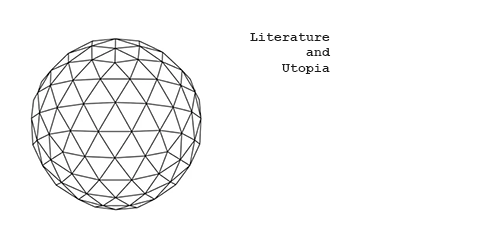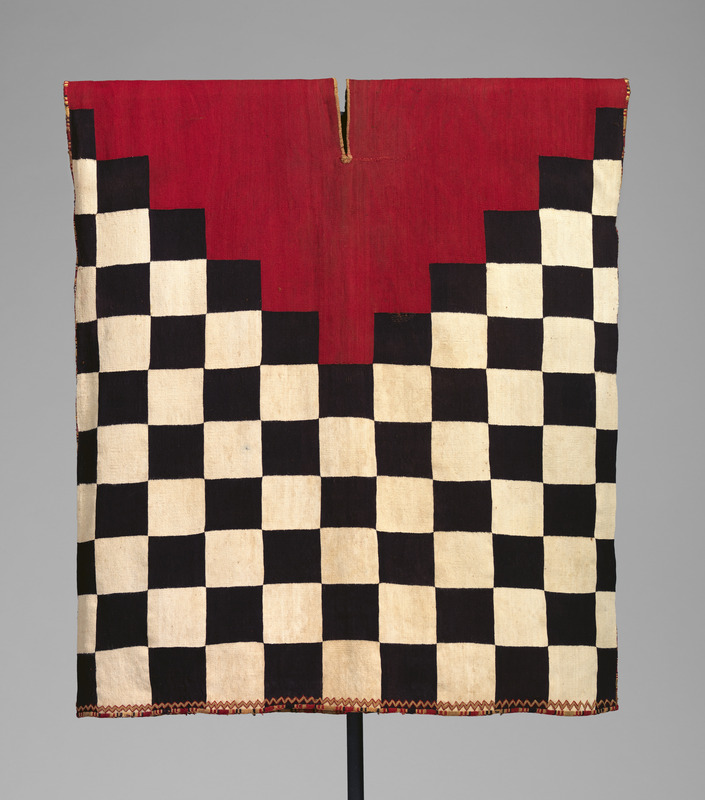Inca Social Structure
Dublin Core
Title
Inca Social Structure
Subject
Inca Social Structure and the Significance of the Tunic
Description
Family was an essential part of Inca societal structures, and bonds within families were strong even outside the nuclear family structure. The Inca name for the broad family was “ayllu” and were essentially one group comprised of many smaller families. The ayllu promoted close relationships with the people inside it. They had a unique system of social organization that included service to the chief ayllu, and the creation of an upper class that was exclusive only to members of it, and could not intermingle with lower classes. Incas kept track of their communities through the use of “quipu” which were a series of knotted string, and classified men in the communities based on their capability for work. Birth and death rates were high, but most families had on average five people inside them. Feasts were held when babies were weaned from their mothers, called “rutuchicoy,” and once children grew older, they were mainly taught by their parents and also learned their parent’s trade, as there was no formal education system. Weddings commonly took place during the teen years, and were not done for individual couples, but were done in a single ceremony for each couple getting married in one ayllu. After the ceremony, the woman would live with her husband’s family. Both men and women worked in the fields, and women generally had the task of housework and duties of taking care of the children, and weaving textiles, and tunics like the one pictured above. This kind of tunic would be woven on a single panel on a loom, and would be worn by a man often with a loincloth. Creation of tunics were tightly controlled by the rulers, as who wore them was in a place of honor, often worn by warriors and rulers. The tunic pictured above has a checkered pattern with a red colored yoke that comes to a V-shape around the collar and has embroidered edges. Textiles were symbolic objects that held roles in various ceremonies and were traded, exchanged, gifted, and even used in sacrifice.
Creator
The Inca
Source
Cartwright, Mark. “Daily Life in the Inca Empire.” World History Encyclopedia, World History Encyclopedia, 23 Sept. 2016, https://www.worldhistory.org/article/953/daily-life-in-the-inca-empire/.
“Checkerboard Tunic.” The Met, https://www.metmuseum.org/art/collection/search/751901.
Publisher
World History Encyclopedia, the Metropolitan Museum of Art
Date
1400-1600
Contributor
Mark Cartwright, the Metropolitan Museum of Art
Relation
Cartwright, Mark. “Inca Textiles.” World History Encyclopedia, World History Encyclopedia, 1 Feb. 2015, https://www.worldhistory.org/article/791/inca-textiles/.
Format
Textile
Type
Historical Artifact
Identifier
“Checkerboard Tunic.” The Met, https://www.metmuseum.org/art/collection/search/751901.
Coverage
21.1608° S, 66.7752° W
Still Image Item Type Metadata
Original Format
Inca Textile, Tunic
Physical Dimensions
H. 34 1/4 x W. 30 1/8 in. (87 x 76.5 cm)
Collection
Citation
The Inca , “Inca Social Structure,” ENGL 3460 -- Literature and Utopia, accessed September 19, 2024, https://mapping-nature.org/3460-fall2021/items/show/25.

